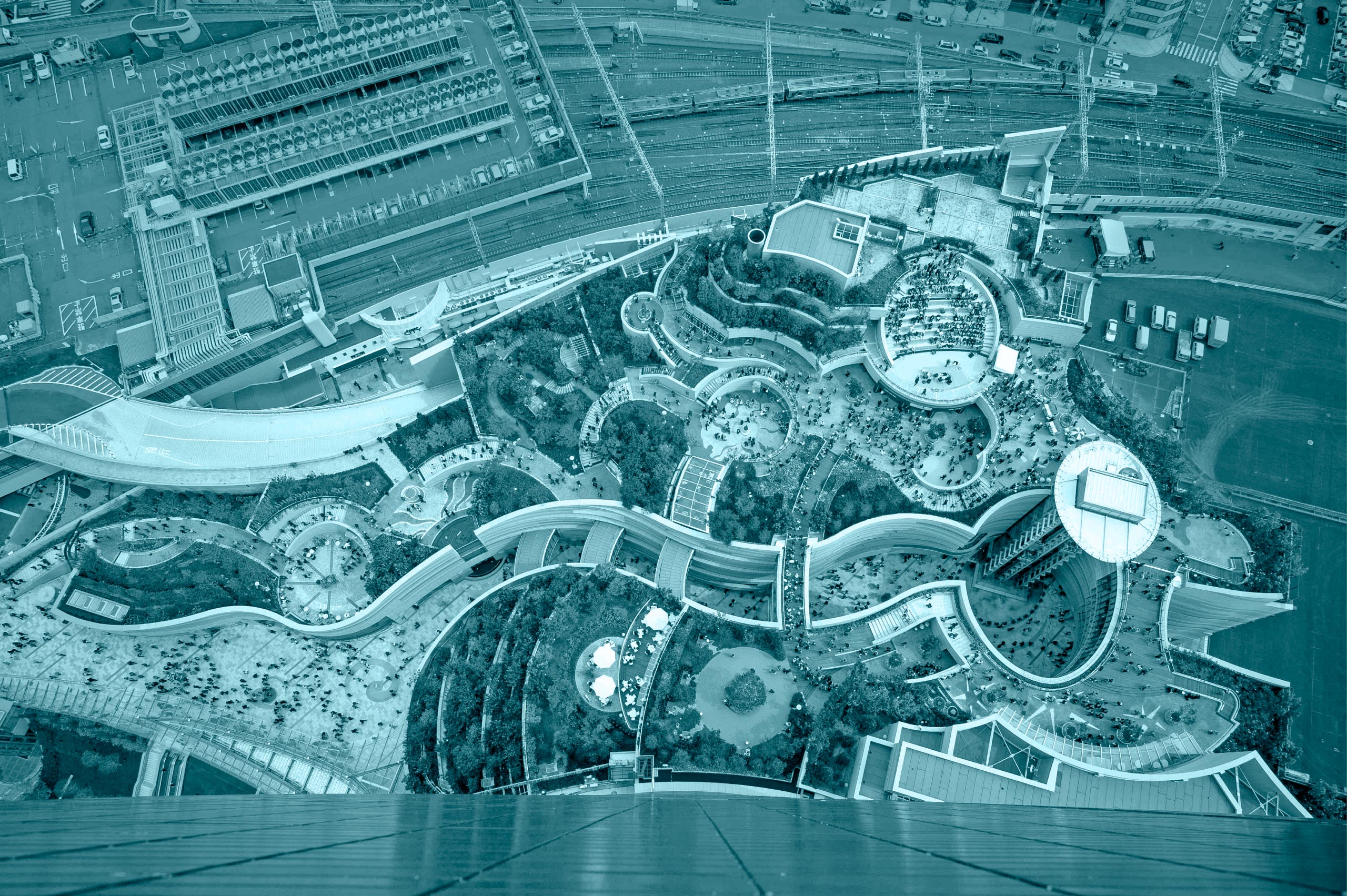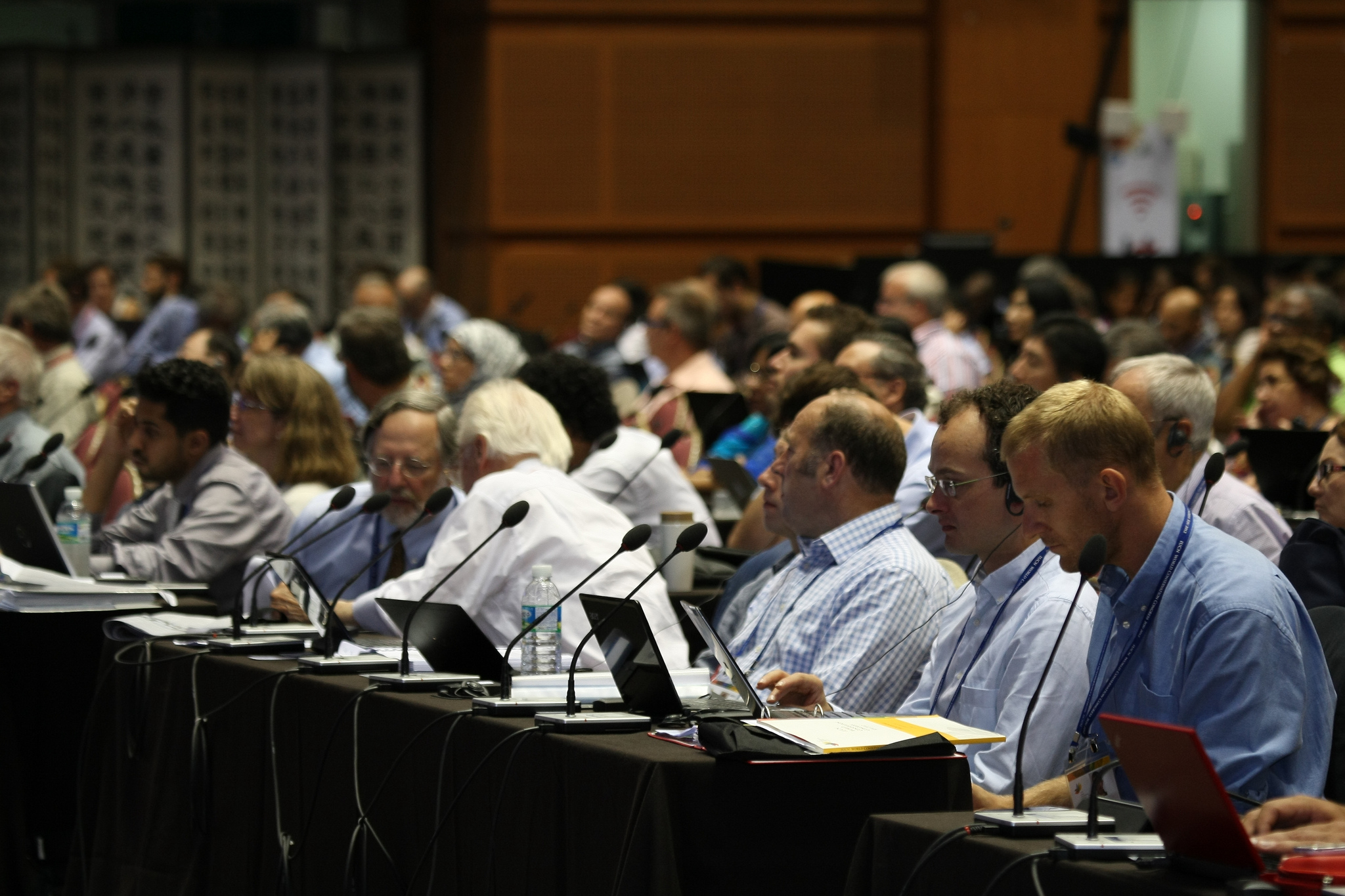The CMCC webinar “Journalism and science: narratives of climate change” brought together the expertise of journalist Sarah Kaplan in reporting climate change in newspapers and digital media with the point of view of climate scientist Anna Pirani, who takes part in the most comprehensive review on climate sciences, such as the IPCC Assessment Report, and collaborates with visual designers to co-create data visualization and provide accessible information to understand complex content on climate change issues.
Sarah Kaplan is a climate reporter working for the Washington Post, covering humanity’s response to a warming world. “Being a climate reporter can actually mean a lot of different things now, which is kind of exciting,” said Kaplan. “I think that for many years news organizations tended to view covering climate change as a purely scientific branch, but only in recent years we started to cover climate as the all-encompassing society-wide issue that it is.”
That’s why in the past few years, as Kaplan described during the webinar, influential news outlets started to invest more resources and efforts on climate change reporting.
In 2018 the Washington Post created a climate desk gathering reporters working on the climate issue from all different points of view, from business to politics, from science to society. “I think that 2018 was a really significant year,” said Kaplan. “We saw a really dramatic escalation of climate impacts. There was a devastating fire in California, the powerful IPCC Special Report on Global Warming of 1.5°C came out, and there was also a growing political salience of climate change, with the rise of youth climate activist movements that really brought to the forefront this discussion. So, that was a moment when the world realized that we needed to pay more attention to how climate change was becoming more and more a part of all aspects of our lives.”
Anna Pirani, senior research associate on climate risk and transformative adaptation strategies with CMCC, is the Head of the IPCC Working Group I Technical Support Unit and an executive editor of the 2018 IPCC Special Report on Global Warming of 1.5°C and the AR6 WGI 2021 Climate Report, shared her experience as a climate scientist committed to produce and share climate information with anybody who is interested. “The 1.5°C IPCC Report determined a surge in interest coinciding with an enormous growth of the youth climate movement,” said Pirani. “I think that was key from where I was sitting and watching, and I think this took the Report’s results directly around the world into the hands of people who were on the streets and really brought out this discourse across the world.”
Pirani discussed in detail the behind-the-scenes work at the base of every IPCC report or summary, stressing the importance of collaborating with communication experts to deliver material that can be easily accessible and clear. “I’m very proud to say that we have published a Summary for All, produced with a team of authors and technical support staff who translated the key findings from the Summary for Policymakers into a form that would be accessible, we hope, to all.”
Watch the full webinar:
The webinar “Journalism and science: narratives of climate change” is the second of the Foresight Dialogues series, in which writers, artists, journalists, scientists, innovators and entrepreneurs discuss the role of communication, in its various forms, in accelerating the climate transition. The Foresight Dialogues series is organized in the context of the CMCC Climate Change Communication Award “Rebecca Ballestra” initiative.
Sarah Kaplan is a climate reporter covering humanity’s response to a warming world. She previously reported on Earth science and the universe. In 2019, Sarah received the Walter Sullivan Award for Excellence in Science Features for her memorable story “Next stop, Mars: Inside the fierce debate over the fate of NASA’s new rover – and a chance to make history.” She is a member of the National Association of Science Writers and the Society for Environmental Journalists.
Anna Pirani is a senior research associate on climate risk and transformative adaptation strategies with CMCC. She is an executive editor of the IPCC Special Report on Global Warming of 1.5°C and the AR6 Working Group I 2021 Climate Report on the physical science basis of climate change, and an author of the IPCC AR6 Synthesis Report. Her responsibilities have included strategic and scientific assessment oversight, running of the first-ever virtual IPCC approval session, as well as strategic communications, visual design, and outreach. She has been pushing for open science and data and for inclusivity, participation and gender policy in the IPCC.
More information and useful resources:
- Handbook for IPCC authors on principles and practices for effective communication and public engagement
- Case studies of IPCC authors’ public engagement
- SR15 visual library project
- SR15 worlds apart – visual narrative of possible warmer worlds
- IPCC Interactive Atlas
- Implementation of FAIR data principles in the IPCC context
- IPCC data and code licencing guidelines
- IPCC AR6 WGI SPM Visuals Explorer
- IPCC WGI AR6 Summary for All
- IPCC WGI AR6 Regional and Sectoral Fact sheets
- A Summary for Actuaries: What the IPCC Climate Change Report 2021 Means for the Actuarial Profession






